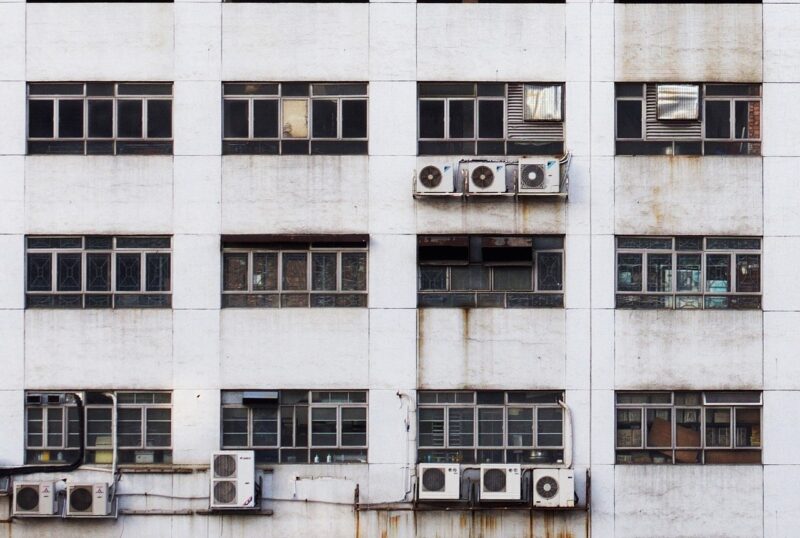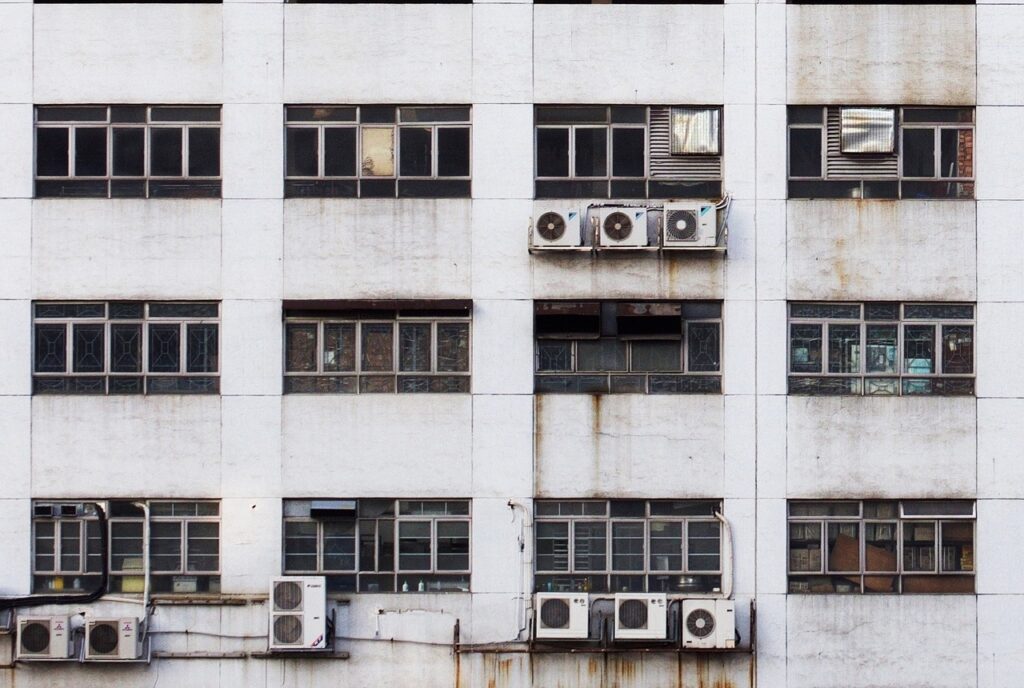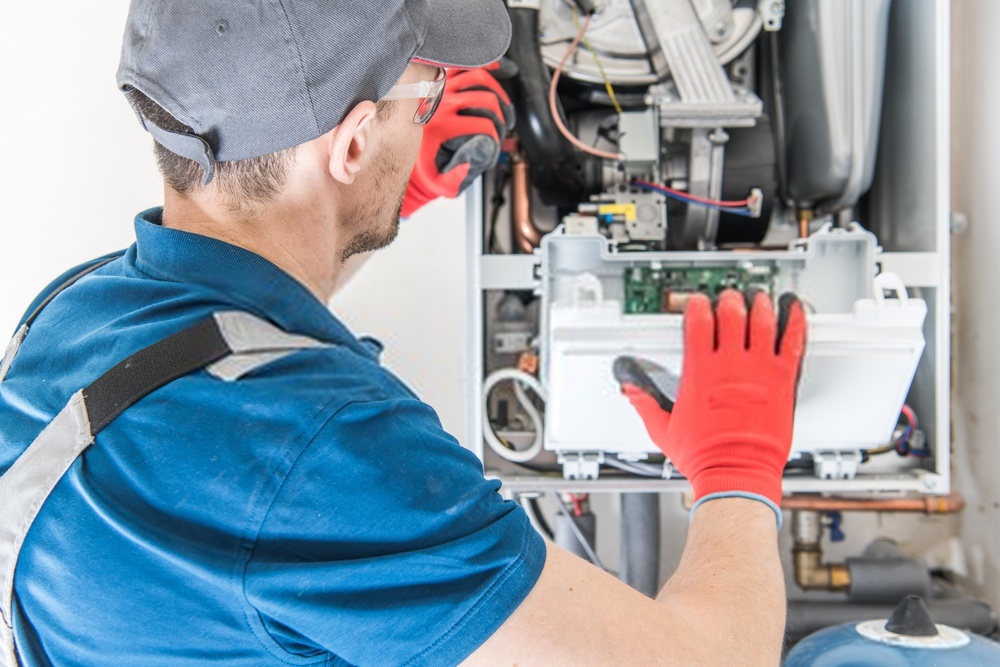
A Definitive Guide To Window Air Conditioning

If central air isn’t a practical option in your home or you just want one room to remain cool, a window air conditioner can be an affordable and effective solution.
Different models operate in different ways. Some window air conditioners have a heating mode, while others have a fan only setting, which saves you money on energy bills, as it doesn’t actually produce cold air. With some window units, you can set the unit to maintain a predetermined temperature, while others let you choose from several preset levels.
The square footage of the room to be cooled will determine the unit’s size that’s most effective, although you’ll also need to take into account the unit’s British thermal unit (BTU) rating. This tells you how much hot air the unit can remove from a room; a larger room cools more effectively with a higher number rated unit.
According to a company that does air conditioning in Pearland, “Keep in mind that a window air conditioner with a higher BTU number will have to be larger and heavier in size. The number of people using the room and whether the room is shaded or receives direct sun will also determine the unit size. A window AC unit will also be more efficient if it has a higher EER or energy efficiency ratio. However, as a general guide:
5,000 to 8,000 BTU unit for a room measuring 150 to 350 square ft.
8,000 to 12,000 BTU for 350 to 550 square foot room.
12,000 to 18,500 BTU for 550 to 1050 square foot room.
18,500 to 25,000 BTU for 1050 to 1600 square foot room.”
Different window air conditioning units come with different features, some of which may be useful to you. Energy consumption can be lowered with a programmable time, allowing you to turn on your unit at certain times. Electronic controls allow you to easily set your unit to keep a certain temperature, while mechanical controls are typically easier to use.
A sleeping temperature setting can save you money as it lets you raise the temperature in a bedroom at night when it doesn’t need to be quite so low. Pollen and other impurities can be removed more effectively if your unit has an electric ionizer. At the same time, you can decide if you want room air being expelled outside or recirculating in the room if your unit has a venting option.
Dehumidification is the process of removing humidity from the air as the unit cools, and this effect can vary. It’s measured in ounces and pints of moisture that can be removed per hour. And of course, if you want to adjust the settings without getting up, a remote control may be useful. Some units have a remote that also doubles as a temperature sensor, adjusting the unit as the temperature changes. An extra-long extension cord is always useful, and you’ll always replace the filter on time if your window air conditioner has a filter alert feature.
Always measure your window accurately to make sure you buy a window AC unit that will fit properly. Of course, you’ll need access to a power outlet that can safely handle the unit, and a plug on the unit to fit in that outlet. If necessary, call an electrician to modify your outlet; never do that yourself. If possible, install the unit in a shaded window and remember that it may take two people to lift and install it.
For your window air conditioner to work as efficiently as possible, keep any obstructions, plants, or trees away from it and ensure the air flows freely. Inside the room, if it’s sunny outside close window treatments, close wall or floor registers, and fireplace dampers. Your dishwasher, range, and dryer should be used during the coolest part of the day, if possible. And simply making sure your home is adequately and effectively weatherproofed and insulated can make sure you get the most from your window AC unit.
Of course, properly maintaining your window air conditioner will ensure many years of use and make sure that the room stays cool. The unit works more effectively when the filter is cleaned regularly according to the manufacturer’s instructions; the filter can often be gently washed with water and mild detergent or vacuumed clean. Water should not come into contact with the control panel. Finally, follow the manufacturer’s instructions to prepare your unit for winter storage readiness for next summer.
Check out the video for Window AC Installation:-



